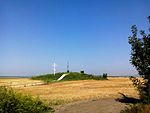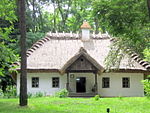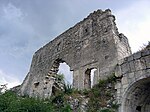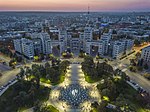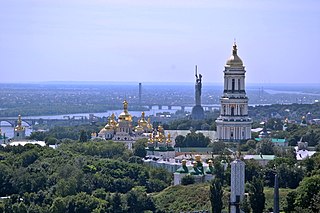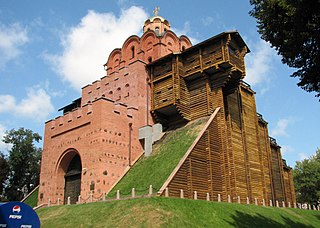The United Nations Educational, Scientific and Cultural Organization (UNESCO) designates World Heritage Sites of outstanding universal value to cultural or natural heritage which have been nominated by countries that are signatories to the UNESCO World Heritage Convention, established in 1972. [1] Cultural heritage consists of monuments (such as architectural works, monumental sculptures, or inscriptions), groups of buildings, and sites (including archaeological sites). Natural heritage is defined as natural features (consisting of physical and biological formations), geological and physiographical formations (including habitats of threatened species of animals and plants), and natural sites which are important from the point of view of science, conservation or natural beauty. [2] Ukraine officially adopted the UNESCO Convention and become an independent member on 12 October 1988, [3] while still officially being a Union Republic of the Soviet Union (prior to its dissolution in 1991 [4] ).
Contents
As of 2023 [update] , there are eight World Heritage Sites listed in Ukraine, seven of which are cultural sites and one of which, the Ancient and Primeval Beech Forests of the Carpathians and Other Regions of Europe, is a natural site. [3] The first site listed was "Kyiv: Saint-Sophia Cathedral and Related Monastic Buildings, Kyiv-Pechersk Lavra", in 1990. The most recent site listed was the Historic Centre of Odesa, in 2023. The site was immediately listed as endangered because of the 2022 Russian invasion, the sites of Kyiv and Lviv were added to the endangered list as well later in the same year. [5] Three sites are transnational: the Wooden Tserkvas are shared with Poland, the Struve Geodetic Arc is shared with nine countries, and the Ancient and Primeval Beech Forests are shared with 17 countries. In addition, Ukraine has 16 sites on its tentative list. [3]



